Home » Egyptian Cuisine – A Journey Through Flavor and Tradition
Egyptian Cuisine – A Journey Through Flavor and Tradition
Historical Significance of Egyptian Cuisine
Egyptian cuisine has deep historical roots and plays a central role in the country’s culture. Over thousands of years, Egyptian culinary traditions have been shaped by geography, history, and diverse cultural influences. Food in Egypt is not only for nourishment but also a means of celebration, social bonding, and preserving cultural heritage.
Ancient Egypt
Egyptian cuisine dates back to the era of the pharaohs, with evidence of well-developed culinary practices as early as 4000 BC. Ancient Egyptians cultivated wheat, barley, figs, dates, and pomegranates—forming the basis of their diet.
Cultural Influences
Throughout history, Egypt was influenced by various civilizations including the Greeks, Romans, Arabs, Ottomans, and Persians. Each brought new ingredients, spices, and cooking techniques, shaping Egyptian culinary traditions into today’s rich fusion.
Islamic Influence
With the rise of Islam in the 7th century, dietary rules such as the prohibition of pork and emphasis on halal food shaped Egyptian cuisine. New spices like cinnamon, cloves, and cardamom were also introduced.
Ottoman Legacy
During Ottoman rule (16th–19th century), Egyptian cuisine absorbed Turkish and Levantine influences, introducing dishes like kebab, pilaf, and baklava.
A Blend of Cultures
Coastal regions incorporate seafood influenced by Mediterranean and Red Sea traditions, while rural areas focus on agricultural produce and traditional cooking methods.
Food as a Social and Cultural Bond
Food plays a vital role in Egyptian society, strengthening social ties and expressing hospitality.
Social Gatherings
Egyptians frequently gather to celebrate weddings, religious holidays (Eid al-Fitr, Eid al-Adha), and family events. These gatherings revolve around shared meals that bring people closer.
Family Values
Family plays a central role in Egyptian life, and shared meals reinforce unity and connection. Extended families often visit one another and share traditional dishes.
Hospitality
Egyptians are known for their generosity. Guests are welcomed with elaborate meals featuring various traditional dishes—considered a symbol of respect and friendship.
Traditional Cuisine
Dishes such as Koshary, Ful Medames, and Molokhia hold cultural significance and are passed down through generations.
Street Food Culture
Egypt’s vibrant street food scene is an essential part of daily life. Vendors sell Falafel (Tameya), Kofta, Shawarma, and more—bringing people from different social backgrounds together over delicious meals.
Ramadan Traditions
During Ramadan, food takes on even more cultural importance. Families gather for Iftar—the meal breaking the fast—and enjoy dishes such as dates, lentil soup, and Kunafa.
What Do People Eat in Egypt? Popular Egyptian Appetizers
Tahini – Sesame Paste Dip
Tahini is a creamy, rich paste made from ground sesame seeds. It is commonly mixed with lemon juice, garlic, and salt, and served as a dip alongside warm Egyptian bread, vegetables, falafel, grilled meat, and fish. It is also used in appetizers like Baba Ghanoush, Hummus, and Ful Medames.
Baba Ghanoush – Roasted Eggplant Dip
This flavorful dip is made from roasted eggplant blended with tahini, garlic, lemon juice, and olive oil. It has a creamy texture and a smoky taste. Baba Ghanoush is popular among vegetarians and vegans and is often served with bread or as a side dish.
Tameya – Egyptian Falafel
Tameya is prepared from fava beans or chickpeas mixed with herbs, onions, and spices, then shaped into patties and fried until golden. It is usually served with tahini sauce, salad, pickles, and freshly baked Egyptian bread.
Koshary – A Mix of Lentils, Rice, and Pasta
Koshary is Egypt’s national dish—a hearty and filling meal combining rice, lentils, and pasta, topped with spicy tomato sauce and crispy fried onions. It is one of Egypt’s most popular street foods.
Duqqa – Egyptian Spice Mix
Duqqa is a flavorful blend of roasted nuts, seeds, herbs, and spices. It is enjoyed by dipping bread into olive oil and then into the mixture. It can also be sprinkled over salads, grilled meat, or roasted vegetables.
Other popular Egyptian starters include:
- Hummus – creamy chickpea dip
- Sambousek – savory pastries filled with cheese, meat, or vegetables
Savoring the Richness: Egyptian Meat Dishes
Egyptians enjoy poultry, lamb, mutton, and beef. Due to religious beliefs, they do not eat pork.
Kofta – Grilled Meat Skewers
Kofta consists of minced beef or lamb mixed with spices and herbs, shaped into long meatballs, and grilled for a smoky flavor. It is served with rice or Egyptian bread, often with tahini or yogurt sauce.
Shawarma – Marinated Meat Wrap
Shawarma is made from marinated lamb, chicken, beef, or turkey slow-cooked on a vertical rotisserie. Served in warm bread with tahini, garlic sauce, pickles, tomatoes, and onions—shawarma is a beloved street food worldwide.
Kebab – Grilled Meat Cubes
Kebab consists of marinated cubes of meat grilled on skewers and served with rice, salad, and Egyptian bread. It is often flavored with cumin, paprika, garlic, and coriander.
Hawawshi – Spiced Minced Meat in Bread
Hawawshi is made by stuffing Egyptian bread with minced meat seasoned with cumin, coriander, paprika, and garlic, then baked or grilled until crispy.
Fatta – Meat, Rice, and Bread Dish
Fatta is a celebratory dish made from layers of rice, fried bread, and broth-cooked meat, topped with a garlic-vinegar sauce.
Stuffed Pigeons – Hamam Mahshi
Hamam Mahshi consists of pigeons stuffed with seasoned rice or wheat, then cooked and shallow-fried. It is a symbol of generosity and is common at special occasions.




